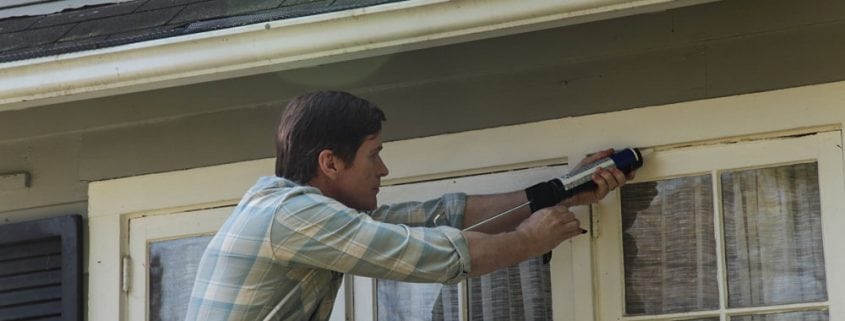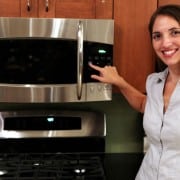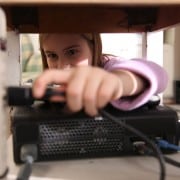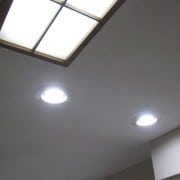Easy steps to greater efficiency
Do you want to save money and electricity but have limited time, money and patience? According to the Department of Energy, a “typical American family” spends nearly $2,000 per year on their home energy bills. Much of that money, however, is wasted through leaky windows or ducts, old appliances or inefficient heating and cooling systems.
Luckily, there are several relatively easy ways to save energy without a substantial commitment of time and money. These efforts will help you save whether you own or rent an older or newly constructed home. And, you won’t have to hire a specialist or call in a favor from someone who is handy with tools to help you.
Where to start
According to Money Magazine, “improving the envelope” of your home is a good place to start. Sunlight, seasonal temperature changes and wind vibrations can loosen up even a tight home, increasing air leakage. Doors and windows may not close tightly, and duct work can spring leaks, wasting cooled and heated air. By placing weather stripping and caulk around windows and doors, you can keep cool air inside during warm months and prevent chilly air from penetrating the indoors during colder months. Sealing gaps around piping, dryer vents, fans and outlets also helps to seal the envelope and creates greater efficiency. Apply weather stripping around overlooked spaces like your attic hatch or pull-down stairs.
Replacing incandescent bulbs with LED bulbs can make a big difference in home efficiency and is one of the fastest ways to cut your energy bill. Known for their longevity and efficiency, LED bulbs have an estimated operational life span of typically 10,000 to 20,000 hours compared to 1,000 hours of a typical incandescent. According to the Dept. of Energy, by replacing your home’s five most frequently used light fixtures or bulbs with models that have earned the ENERGY STAR rating, you can save $75 each year.
Wrapping up savings
Installing a blanket around your water heater could reduce standby heat losses by 25 to 45 percent and save you about 7 to 16 percent in water heating costs, according to the Dept. of Energy. For a small investment of about $30, you can purchase pre-cut jackets or blankets and install them in about one hour. On a safety note, the Dept. of Energy recommends that you not set the thermostat above 130 degrees Fahrenheit on an electric water heater with an insulating jacket or blanket; the higher temperature setting could cause the wiring to overheat.
Given that a large portion of your monthly energy bill goes toward heating and cooling your home, it makes sense to ensure your home’s heating, ventilation and air conditioning (HVAC) system is performing at an optimal level. Checking, changing or cleaning your filter extends the life of your HVAC system and saves you money.
Air filters prevent dust and allergens from clogging your HVAC system. Otherwise, dust and dirt trapped in a system’s air filter leads to several problems, including: reduced air flow in the home and up to 15 percent higher operating costs; lowered system efficiency; and costly duct cleaning or replacement. Many HVAC professionals recommend cleaning the system filters monthly. A simple task like changing the filters on your HVAC system makes your unit run more efficiently, keeping your house cooler in the summer and warmer in the winter.
Take control of your energy savings
Take a look at your programmable thermostat. When was the last time you checked to make sure it was programmed for the current season and family schedule? This is one of the best energy-saving tools at your fingertips. It enables you to fine tune the temperature during particular hours of the day. Many models allow you to differentiate between weekday and weekend schedules, and internet-connected thermostats can learn your schedule and make adjustments automatically. Most models come with an override option so you can make manual adjustments without losing overall programing. You can only achieve these efficiencies and savings if it is programmed properly and adjusted periodically to keep pace with changes in household routines.
Remember, there are easy steps you can take now to improve the energy efficiency of your home. To learn about additional ways to save, contact your local electric cooperative.
Anne Prince writes on consumer and cooperative affairs for the National Rural Electric Cooperative Association, the Arlington, Va.-based service arm of the nation’s 900-plus consumer-owned, not-for-profit electric cooperatives.









